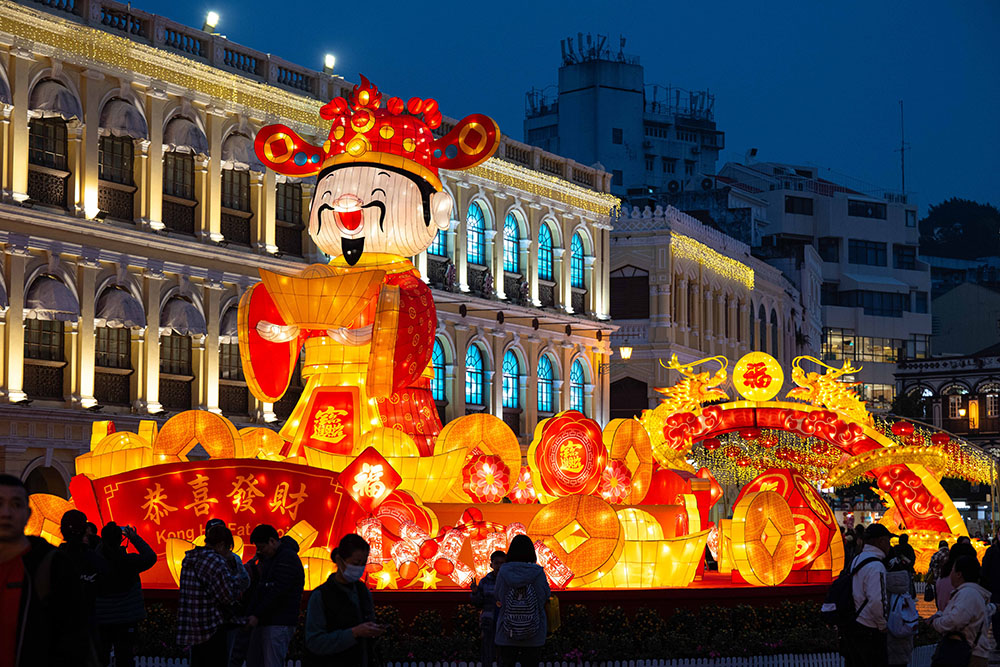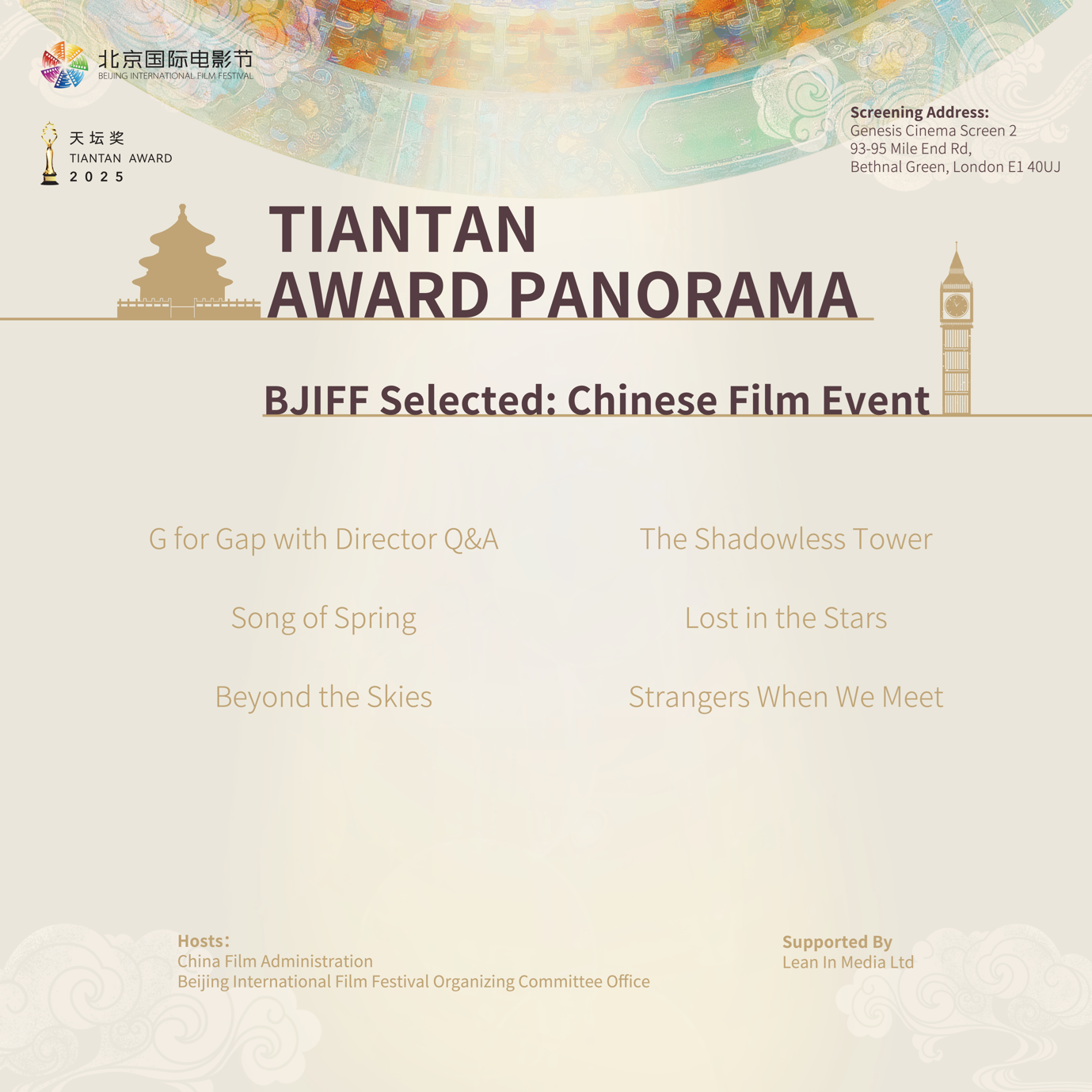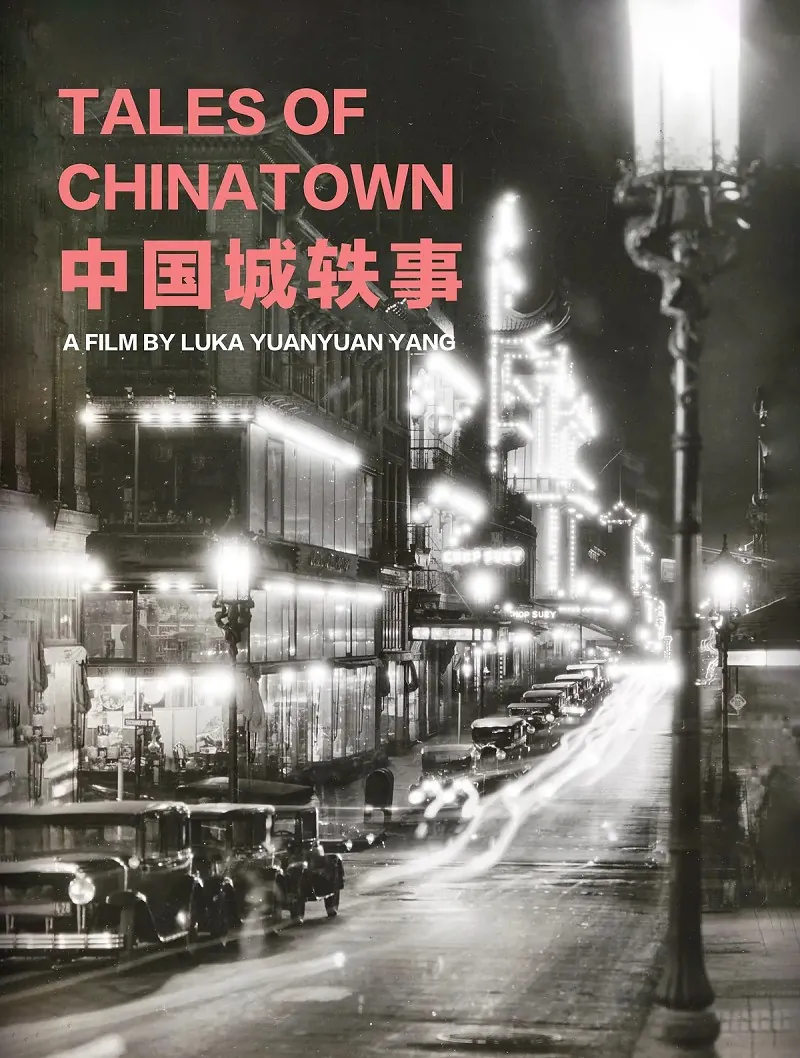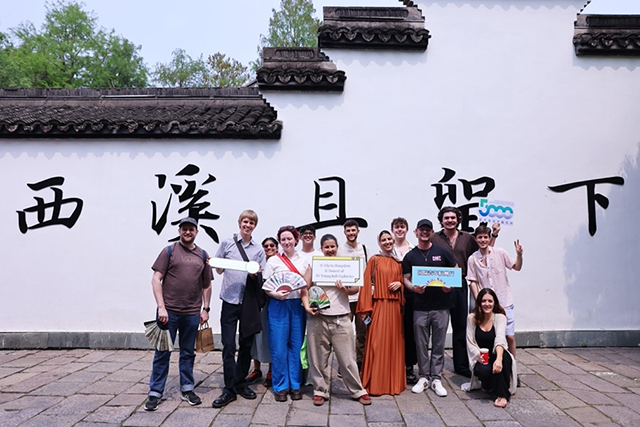Spring Festival was inscribed by UNESCO on the Representative List of the Intangible Cultural Heritage of Humanity on Dec. 5.
Spring festival, also known as Chinese New Year, is a festival that marks the start of the new year according to the Chinese Lunar calendar.
Spring Festival Involves Various Social Practices
The committee recognized the festival for its wide array of rituals and unique cultural elements that engage all of Chinese society.
UNESCO highlighted that the Spring Festival, marking the start of the traditional Chinese Lunar New Year, involves various social practices. It includes prayers for good fortune and family reunions.
According to UNESCO’s documentation, the traditional knowledge and customs associated with the Spring Festival are passed down informally within families and communities, as well as formally through the education system.
The committee also emphasized that the festival embodies the harmony between humans and nature and contributes to sustainable development in areas such as food security and education.
With this addition, China now has 44 cultural elements or practices recognized by UNESCO as Intangible Cultural Heritage of Humanity. Ranking first in the world.
XxjpsgC007470_20241204_PEPFN0A001.jpg)
Protection and Inheritance
China has witnessed marked progress in the protection and inheritance of intangible cultural heritage since the promulgation of the Law on Intangible Cultural Heritage in 2011, according to a report submitted for review to the NPC.
According to the report, China now boasts nearly 870,000 intangible cultural heritage items. Since 2011, the central budget has allocated a total of 10.35 billion yuan to support the protection and inheritance of representative projects and the activities carried out by representative inheritors of such cultural items at the national level.
Currently, China has established a four-tier system of intangible cultural heritage lists. It has recognised over 90,000 representative inheritors, of whom 3,068 are at the national level, according to the report.
In addition, intangible cultural heritage is closer to the people. For example, educational authorities specified that primary and secondary schools should incorporate related education into the curriculum.
Written by Yetao Gu, additional reporting by Xinhua.
If you liked this article why not read: Visa Policy Eases Boost China Travel and Beyond














